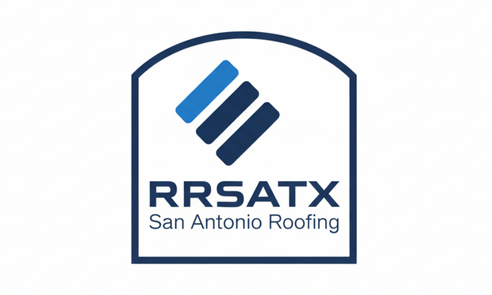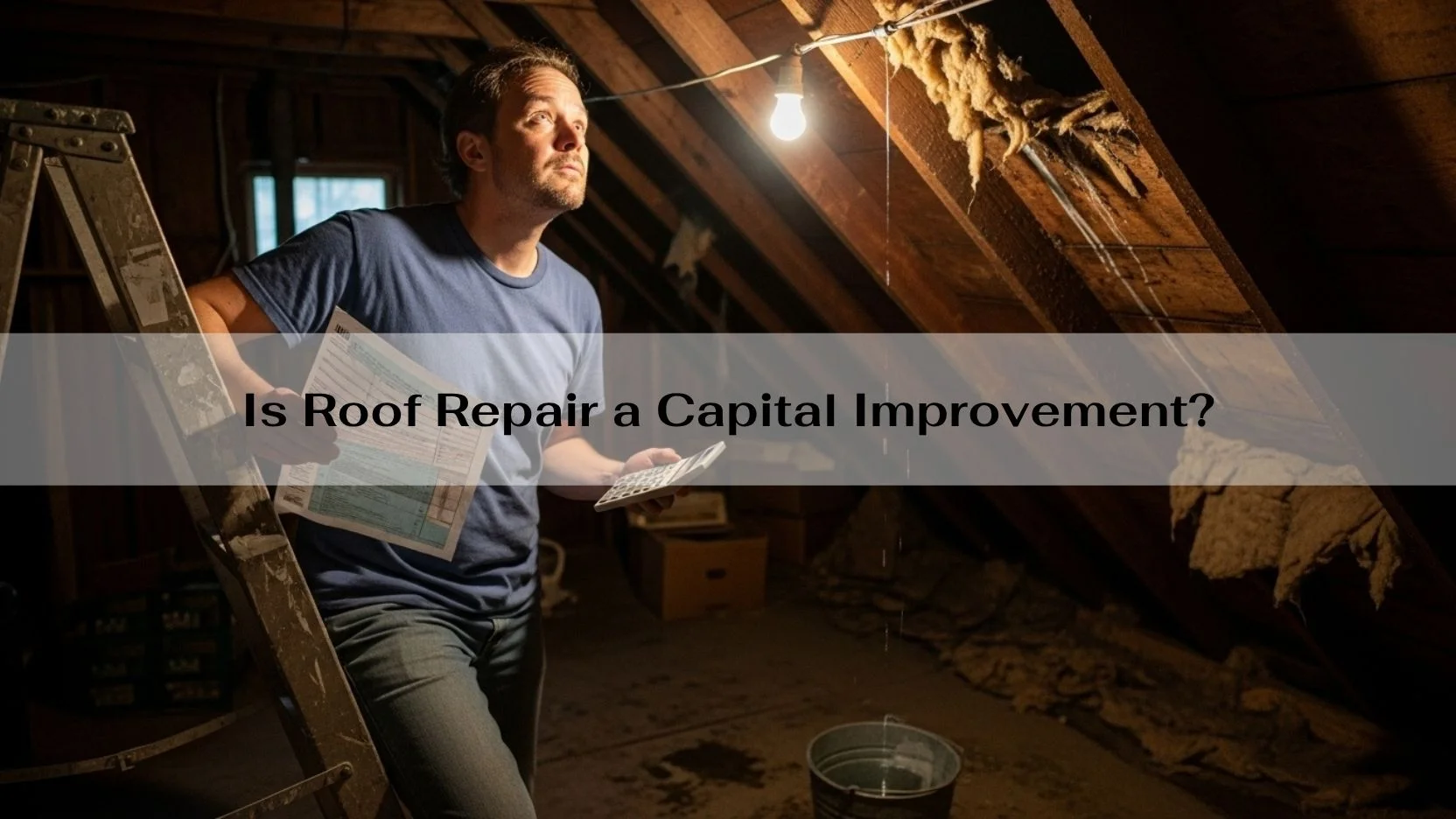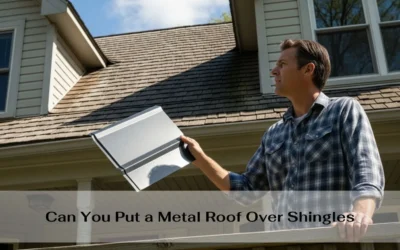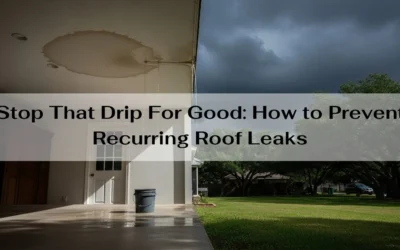When you repair or replace your roof, you might wonder: Is this a regular expense I can deduct, or a capital improvement I must depreciate over time? The answer depends on the scope of the work and what it does for your property.
This guide breaks down what the IRS says, how to tell the difference, and what it means for your taxes.
Disclaimer: This article is for general information only. Always consult a licensed tax professional for advice about your specific situation.
Understanding Repairs vs. Capital Improvements
The IRS explains that a repair keeps your property in normal working condition. It fixes wear or damage without adding value or extending the life of the asset. Repairs are generally deductible in the year you pay for them. (IRS Tangible Property Regulations)
A capital improvement, on the other hand, adds value, extends the useful life, or adapts the property to a new use. These costs must be capitalized and depreciated over several years. (The Tax Adviser)
One roofing expert explains it this way: “Repairs keep your property running. Improvements make it better or longer-lasting.”
When Roof Work Counts as a Repair
Roof repairs usually fall under normal maintenance. You’re fixing existing damage or preventing leaks — not making the property stronger or changing its use.
Examples of deductible roof repairs include:
- Patching a leak or resealing a small area.
- Replacing a few damaged shingles or tiles.
- Repairing flashing around vents or chimneys.
These repairs restore your roof to working condition without increasing its value or extending its life. They’re typically deductible in the year they happen. (Hemlane)
A landlord might say, “I had a few leaks last spring, so I paid a roofer to patch them. My accountant deducted that as maintenance.”
When Roof Work Becomes a Capital Improvement
If your project replaces most or all of your roof, or extends its useful life, it’s likely a capital improvement. The IRS views the roof as a major structural component of a building, which makes full replacement a long-term investment. (The Tax Adviser)
Common examples include:
- Replacing the entire roof system.
- Upgrading from asphalt shingles to a metal or tile roof.
- Replacing structural decking or insulation layers.
These changes extend the roof’s lifespan or improve its performance. That means you must capitalize the cost and depreciate it over the building’s life 27.5 years for residential rental property or 39 years for commercial property. (DoorLoop)
A tax advisor might put it simply: “If you’re replacing the whole roof, it’s part of the building. That means it’s a capital improvement.”
Steps to Classify and Document Correctly
- Define the work clearly. Ask your roofing contractor to explain if it’s a repair or replacement. Detailed invoices help prove your case if the IRS ever asks.
- Match the scope to IRS definitions. If the work restores, deduct. If it improves or replaces a major system, capitalize.
- Keep records. Photos, contracts, and material details can help your accountant make the right call.
- Consult a tax professional. They can confirm the correct classification and make sure your depreciation schedule is accurate.
Roofing companies familiar with these rules can help property owners make smart, compliant decisions. As one contractor put it, “We don’t just replace roofs — we help owners protect their investment on every level.”
Final Thoughts
So, is roof repair a capital improvement? It depends on the work. Small repairs that maintain your property are usually deductible repairs. Full replacements or major upgrades are capital improvements that must be depreciated.
Getting the classification right helps you manage taxes, protect your cash flow, and maximize your property’s value. And when you hire a roofing contractor who understands both construction and compliance, you gain peace of mind and better paperwork.










